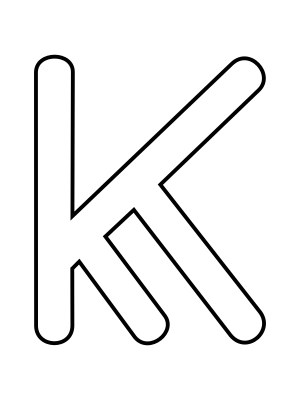The practice of Kinesiology was pioneered by Dr George Goodheart in the 1960s, integrating Traditional Chinese Medicine and chiropractic techniques.
Kinesiology promotes healing in the mind, body and soul, based on the belief the body is capable of healing itself. This is achieved by treating the person as a whole, allowing emotional, structural, and spiritual balance to occur.
Traumas, emotional pain and mental stress are held within the body.
Kinesiology uses non-invasive muscle testing to access the subconscious and identify various stresses within the body. We locate the blocks and work to release them, which allows deep and lasting healing to occur.
We use a variety of techniques in Kinesiology via muscle monitoring, including:
Acupressure points
Meridian balancing
Sound and colour therapy
Nutritional balancing
Emotional Stress Release
Postural alignment and balancing techniques
Crystal and aura healing
FAQ’s
-
We start by sitting and talking through what has brought you to Kinesiology. If possible it is best if you have filled out the pre session form, so we can maximise the session time. That will allow me to go through your symptoms or main concern and formulate a way forward before we even start in session.
It is possible to get straight on the massage table and let your body do the talking if that is what you prefer.
Either way you will get on the massage table, fully clothed and I will begin muscle monitoring via an arm muscle, asking your body what it needs to heal and move through whatever blocks we find.
The session usually ends holding acupressure points to shift energy flows.
-
This is completely dependent on you. One session will provide you with much insight into your behaviour and the causes of your illness, pain or stress.
You can expect to experience gentle change from one session and may need further sessions to consolidate a complete change in your life.
You can book individual or ongoing sessions as you feel you need them.
Typically we leave 2-3 weeks between sessions to allow the body time to integrate the balance.
You may leave more time between sessions as you feel necessary.
-
Comfortable clothing, preferably pants or shorts.
You are fully clothed during the session.
The room temperature is controlled and there are blankets if required.
-
Kinesiology utilises muscle monitoring, and I may move your arms, legs and neck and feet. You may need to roll onto your stomach for some of these or sit up on the table. I will hold acupressure points as required. If physicality is an issue, we can work around this.
I will use any of the Kinesiology tools available to me as required, including finding core emotions, past traumas, sound therapy, chakra and spiritual healing, crystals and their properties for change, colour therapy, felt sense therapy and more.
Your inner wisdom leads the session and so each session is different depending on what is required within the Kinesiology framework.
It is an active session in which you participate. Having said that, clients generally say it is the most relaxed they’ve felt in a long time. At the end of the session, I generally hold acupressure points and it is not uncommon that you may drift off to sleep.
-
Adult sessions are normally 90 mins. On the initial visit you are required to complete an information proforma. It is recommended that this is completed prior to arriving to allow more time for the therapy.
There is an option for an abbreviated 60 mins adult session for return clients only. This is only available by prior arrangement at the sole discretion of the practitioner.
Initial sessions are 90 mins, including a 30 mins phone call to discuss your concerns privately before the hands on session. Subsequent Child session are 60 mins. There is no abbreviated option available for children.
-
I am not a medical doctor and I do not diagnose or treat disease. If you have a medical emergency or have had an accident, Kinesiology is not appropriate for acute injury. Kinesiology is not appropriate for acute mental illness. Please see your doctor in this case.
Kinesiology may assist in the healing journey once the injury has been medically diagnosed and treated.



